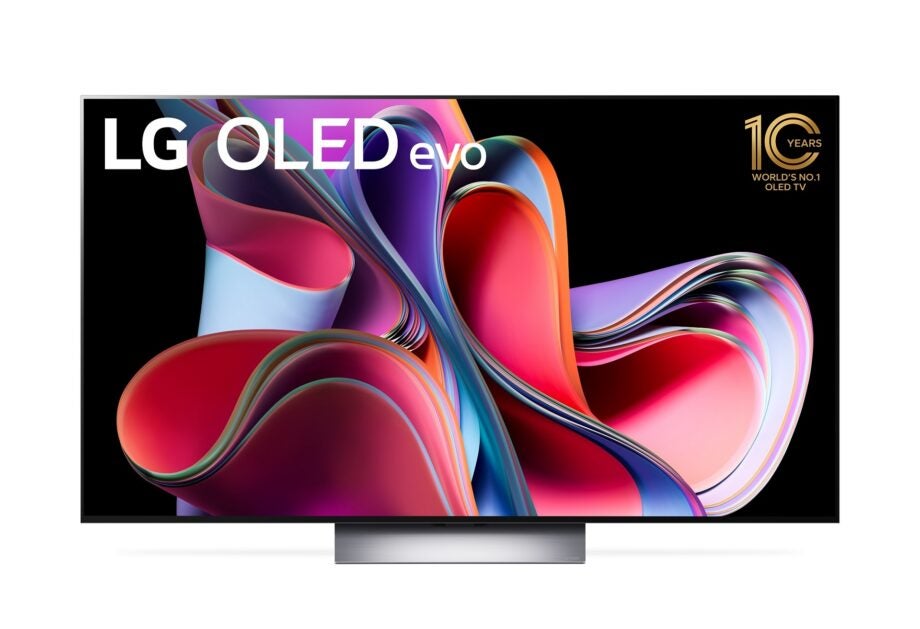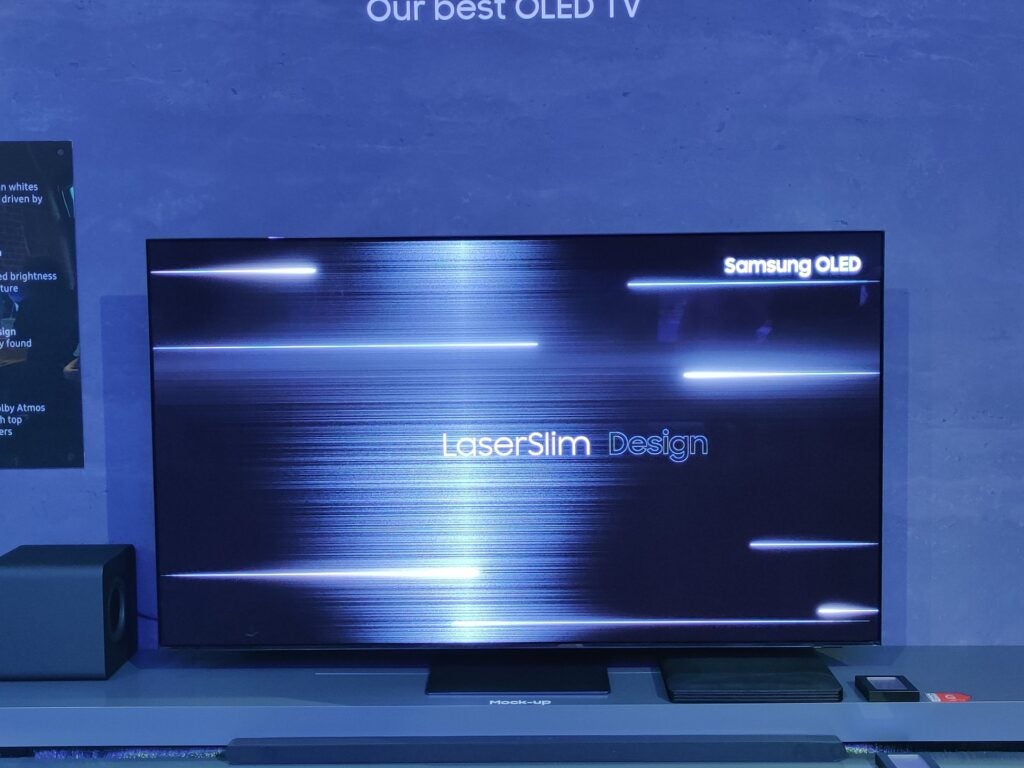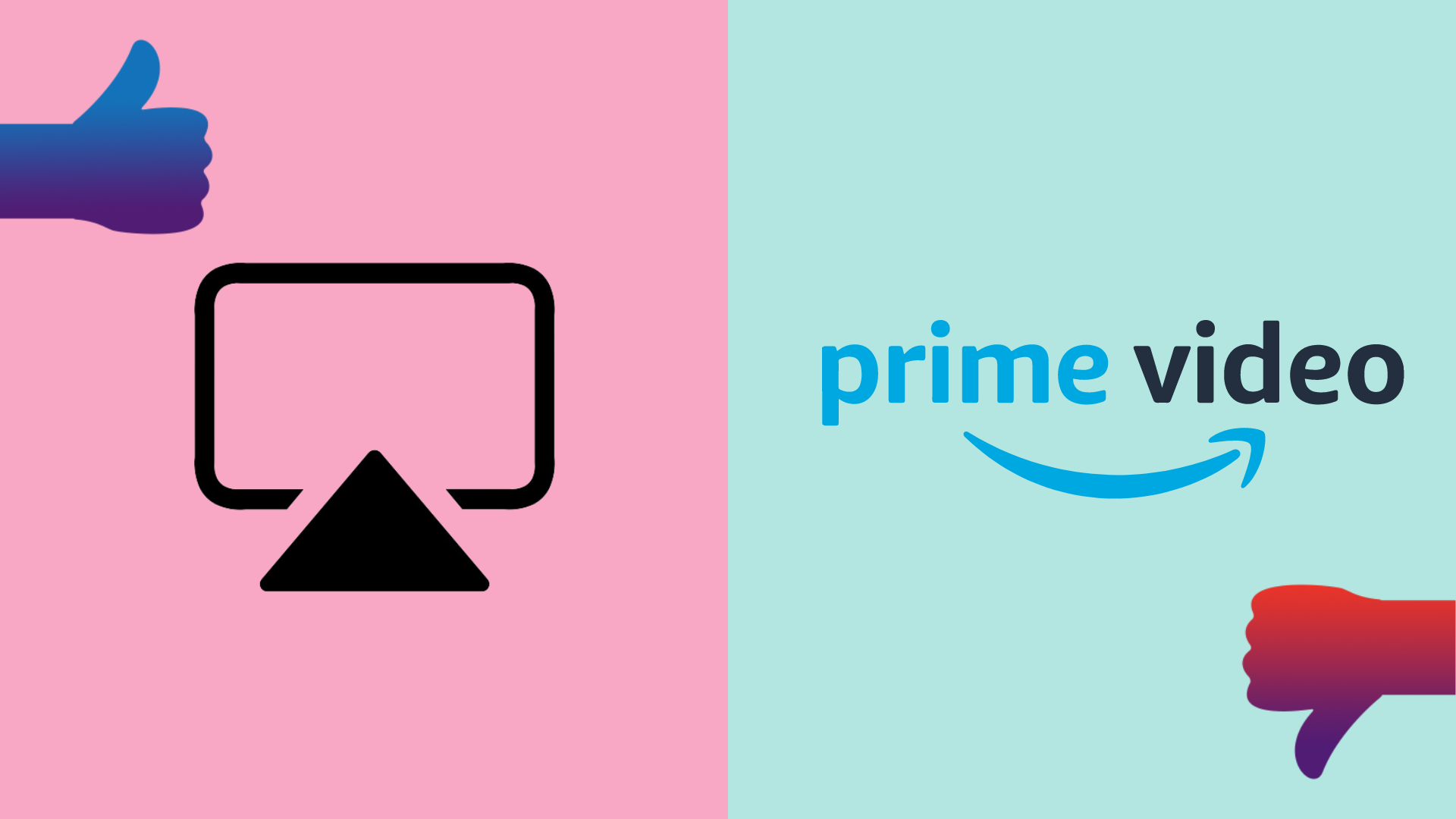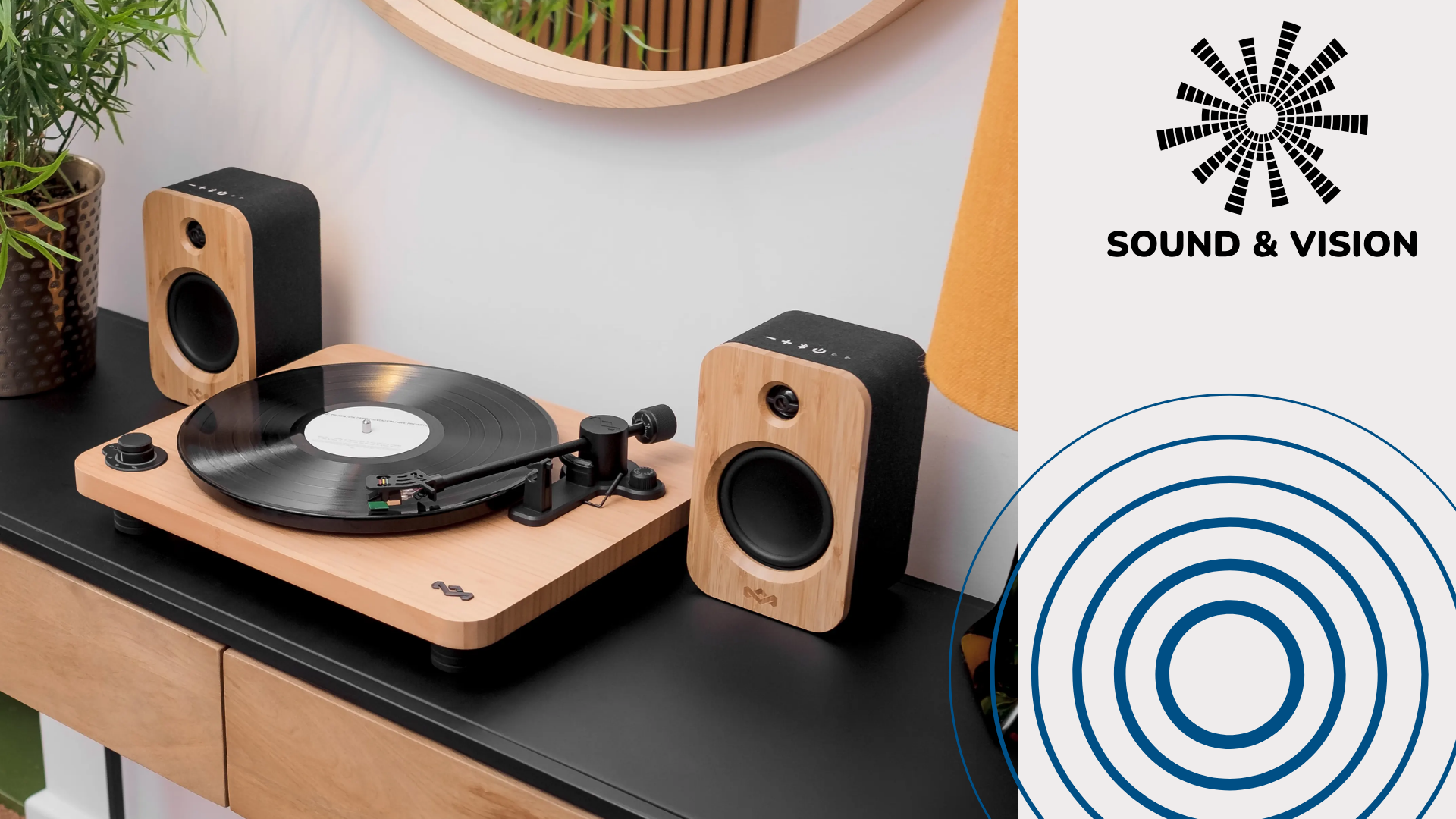LG’s G3 OLED is gunning for QD-OLED, and Samsung’s looking to fight back

OPINION: Who would have thought just a couple of years ago that Samsung would be in the OLED market?
Ever since Samsung abandoned the technology in the early 2010s, it has been the antagonist against OLED technology, decrying it from the hilltops, creating ads to highlight the severe nature of burn-in and how much better their QLED TVs were.
But times have changed, or at least Samsung re-entered the market when it felt it could make a viable and better alternative. And arguably they have. QD-OLED tech panels promise higher peak brightness, wider angles and a wider range of colours (though this increased colour volume often leads to colours looking lighter, rather than punchier).
But in this ying-yang battle between two of the biggest exporters of TVs on this planet, LG is firing back too. The main headline around its upcoming G3 OLED evo is that it’s brighter; a riposte to QD-OLED’s brightness boast and signalling that traditional WOLED screens – that’s White OLED panels to you and me – can still compete.
The figures coming out from Korea indicate that the 55-, 65- and 77-inch models for the G3 will be 70% brighter than this year’s B3 OLED can manage. Measurements on a 3% HDR window in Vivid mode report a peak brightness of 2040 nits – in the calibrated Cinema mode on the same window that’s 1470 nits and on a larger 10% window it’s also 1470 nits. That is what you’d call “properly bright” for an OLED TV, with the Micro Lens Array technology (which only features in the G3 so far) appearing to have extended the brightness of OLED.

If this were a game of football then LG would have gone one-up with a bullet header from a corner. But Samsung’s response is to head back up the field with Florian Friedrich to instantly equalise with a cheeky flick past the goalkeeper with what he’s referring to as Colour Volume Distortion.
Florian Friedrich is perhaps best known in home cinema circles as a colorist, grading films such as Benedetta and Shadow in the Cloud in HDR. At a Samsung event in Frankfurt I attended recently, his contention is that the white sheet of light in WOLED panels distorts the range of colours you see on the screen, and this affects the accuracy and intent of what should be shown, bringing in different tones and hues that ought not to be there.
One example in footage presented was a green tinge to a lamp that should be yellow, while another was the consistency of colours in bright and dark images, the hue of the colour changing when it should in fact stay the same colour regardless.
Of course there might be more processing happening at play in the background, but his assertion was that Samsung’s upcoming OLEDs were much more accurate in conveying colours when compared to a Sony mastering monitor, though the S95C that we saw was being compared to the 2022 LG G2.
And despite that claim, it’s not as if the Samsung OLED was perfect on its own, with some slight clipping in images as well as a red push that didn’t seem quite right to me. There’s also the factor that content was presented in HDR10 on both screens, and I wonder with Dolby Vision in play on the LG OLED, whether that would have tidied up the slight deviations in the colour performance.
Then there’s the issue of burn-in, with the RTings comparison causing a stir, as it showed the WOLED LG panel handling the strain much better than either QD-OLED from Sony or Samsung, an aspect that LG Display (which isn’t the same company as LG Electronics I should add), wasn’t keen to highlight. Regardless of the merits of the ‘accelerated’ burn-in test, under the same conditions it does show the WOLED to be more resilient.
Either way, both screens have their advantages and disadvantages, with LG and Samsung duelling again – it’s like the eternal war between the Autobots and Decepticons in the Transformers series – and both making a case for why their TV technology is the best, while the likes of Sony and Panasonic keep fairly quiet in the background.
As ever, we’ll find out whether the performance of the TVs live up to their claims once they’re out in the wild, but I’m excited for what’s to come.








